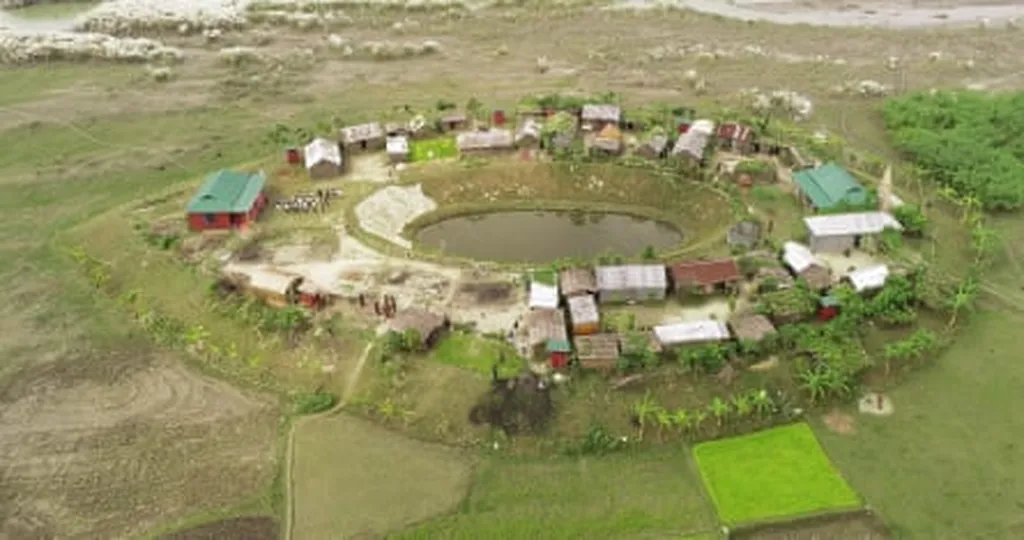In the quest for sustainable and cost-effective solutions to heavy metal pollution, a team of researchers has turned to an unlikely hero: the humble fish scale. Specifically, the scales of the Catla catla, a common fish found in South Asian waters, have been repurposed as a bioadsorbent to remove chromium (Cr III) and cobalt (Co II) from wastewater. This innovative approach, detailed in a recent study published in ‘Nano Select’ (translated to English as ‘Nano Choice’), offers promising implications for the energy sector and beyond.
Led by Samiha Sultana from the Department of Dyes and Chemical Engineering at the Bangladesh University of Textiles, the research explores the potential of fish scales as a natural and economical solution for water purification. The study systematically examines the adsorption efficiency of fish scales, both treated and untreated with acid, in removing heavy metals from wastewater.
“The starting concentration of metal ions influenced the adsorption efficiency, with higher concentrations leading to a reduced adsorption capacity,” explains Sultana. “However, acid-treated fish scales showed superior adsorption performance compared to the untreated ones.”
The research highlights the impact of various factors on adsorption efficiency, including initial metal ion concentration, chemical treatment of the adsorbent, and contact time. Advanced analytical techniques such as Fourier-transform infrared spectroscopy (FTIR), scanning electron microscopy (SEM), and energy dispersive X-ray spectroscopy (EDS) were employed to characterize the adsorbent and reveal changes in structural and chemical properties post-metal adsorption.
The adsorption equilibrium data were mapped to the Langmuir and Freundlich isotherm models, with the Langmuir model proving more suitable for cobalt adsorption and the Freundlich model for chromium adsorption. This finding underscores the potential of Catla catla fish scales as a versatile and effective bioadsorbent.
The commercial implications of this research are significant, particularly for the energy sector, where heavy metal pollution is a pressing concern. The use of fish scales as a bioadsorbent offers a sustainable and cost-effective solution for wastewater treatment, reducing the environmental impact of industrial processes.
“This research highlights the economical and long-term potential of Catla catla fish scales as a natural biosorbent,” says Sultana. “It significantly contributes to the domains of water purification and heavy metal pollution mitigation.”
As the world grapples with the challenges of environmental pollution, innovative solutions like this one offer hope for a cleaner and more sustainable future. The study published in ‘Nano Select’ not only advances our understanding of bioadsorbents but also paves the way for future developments in the field of water purification and heavy metal remediation.

